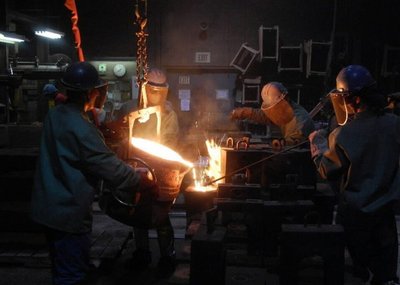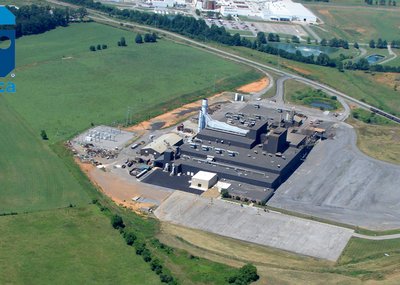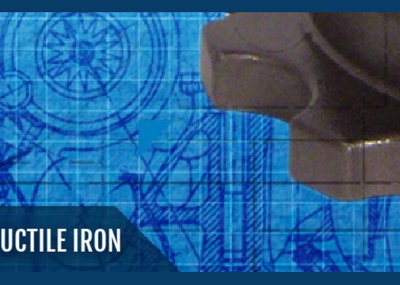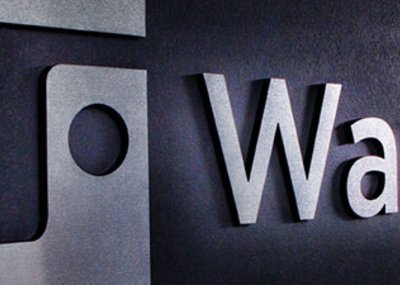Waupaca Foundry was cited for implementing the ISO 50001 program to create a formal management system approach to energy reduction. Under the systemic approach, foundry leaders are able to gather and analyze data that identifies opportunities for additional energy reduction in plant operations. As compared to 2010, Waupaca was able to achieve an overall reduction in energy consumption of more than 20% at all United States plants. The award was presented in an AFS virtual conference on Oct. 5.
Waupaca Foundry is the first United States metalcaster to receive the accredited ISO 50001 Energy Management System certification. It is an international standard confirming the gray and ductile iron casting supplier has created a system of continual improvement in energy use, efficiency and consumption. To gain this certification, teams created and implemented a program in energy management it its gray iron foundry Plant 1 located in Waupaca, Wisconsin, and then reviewed and checked data to ensure consistent results. After twelve months of preparation and completing a verification audit by an independent registrar, the certification was granted in 2017.
According to Waupaca Foundry President, COO and CEO Mike Nikolai, energy is one of the largest costs of manufacturing with an annual price tag of about $150,000,000 in fiscal year 2019 across all Waupaca Foundry locations. “We are setting the pace in our industry by committing to continuous improvement in environmental sustainability by reducing our energy use,” Nikolai said. “Our efforts not only reduce our impact on the environment but make us a more competitive iron castings supplier in the global marketplace.”
Some of the more significant, recent initiatives include:
Installing a Blast Air Dehumidification system to reduce ambient humidity impact on cupola melting efficiency.
Expanding the waste heat recovery system to maximize natural gas savings during cold winters in the Wisconsin plants.
Converting LED lighting throughout the plant’s manufacturing, office, and employee areas. The retrofit effort has replaced inefficient lighting with LED technology, with over 800 energy efficient LED fixtures installed.
Replacing outdated compressors with new, more efficient models throughout the plant. At the same time, ductwork and additional equipment have been installed to capture the waste heat and use it to heat buildings during the colder months. These heat recovery systems convert waste heat from the cupola to supply the majority of the winter space heating and hot water requirements without using additional fuel.
Expanding and networking electric and natural gas metering to the newly installed energy management system. The system allows monitoring of real time energy use at departmental levels and archives historic data to allow analysis and comparison of current versus past data, in order to measure effectiveness of projects and programs.
In 2015, Waupaca Foundry was admitted to Wisconsin’s Green Tier program. The program recognizes businesses with a good environmental record, a willingness to exceed regulatory requirements, and an environmental management system that facilitates superior environmental performance and continuous improvements.
In 2014, Kawasaki Motors Manufacturing Corp. awarded Waupaca Foundry its environmental stewardship award at its annual supplier conference.
In 2010, Waupaca Foundry was one of the first 32 charter companies voluntarily cutting energy consumption through 2020 in the Better Plants program, a U.S. Department of Energy initiative designed to foster energy efficiency and long-term sustainability. Since the program’s baseline year of 2009 to 2015, Waupaca Foundry realized a cumulative energy intensity improvement of 16.3 percent.
In making the award, AFS cited companies that have taken significant and novel approaches to improve sustainability, reduce energy and resource use, decrease or eliminate waste generation, reduce toxicity, identify beneficial re-use options for spent materials, and generally reduce their environmental footprint while maintaining production.
Source: wausharaargus.com









